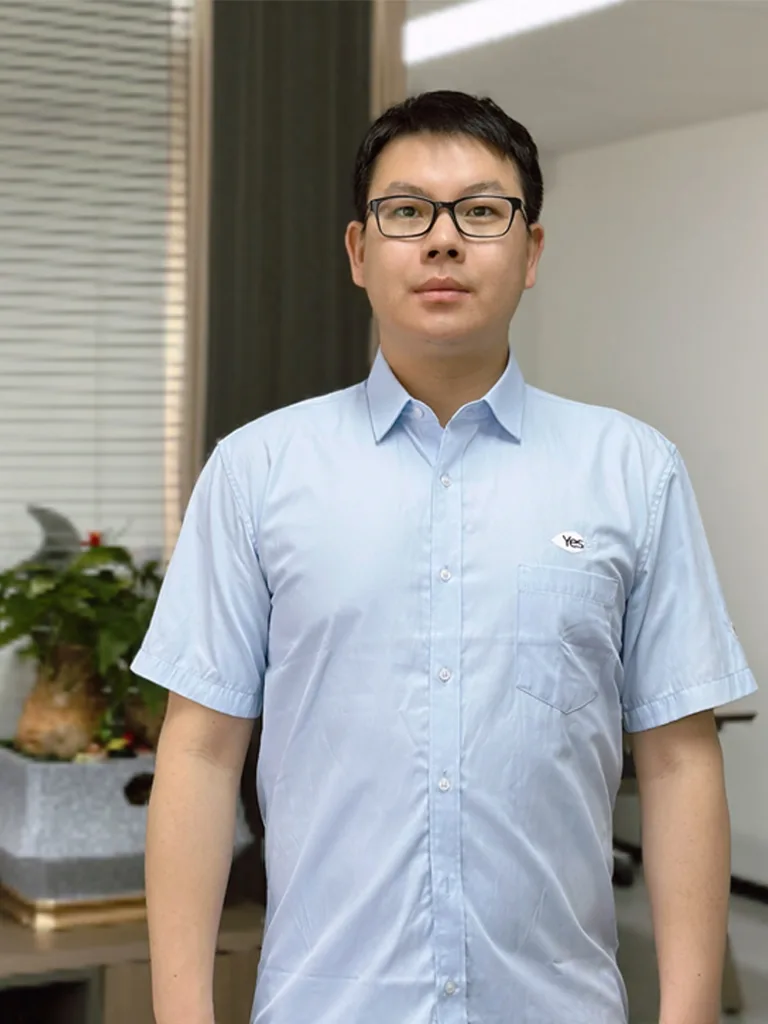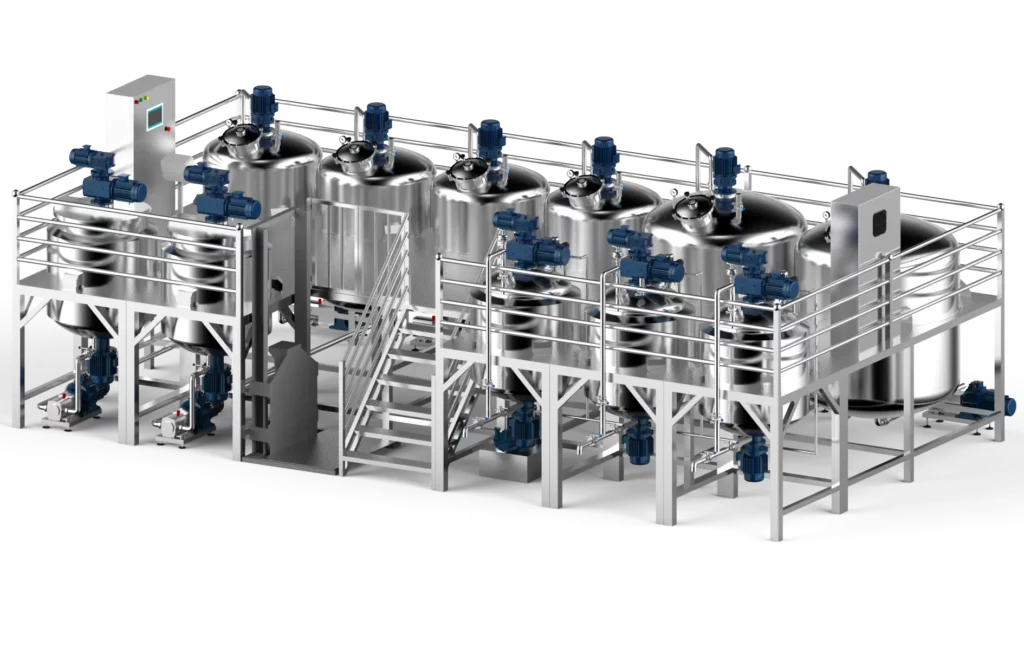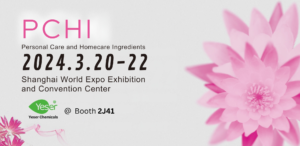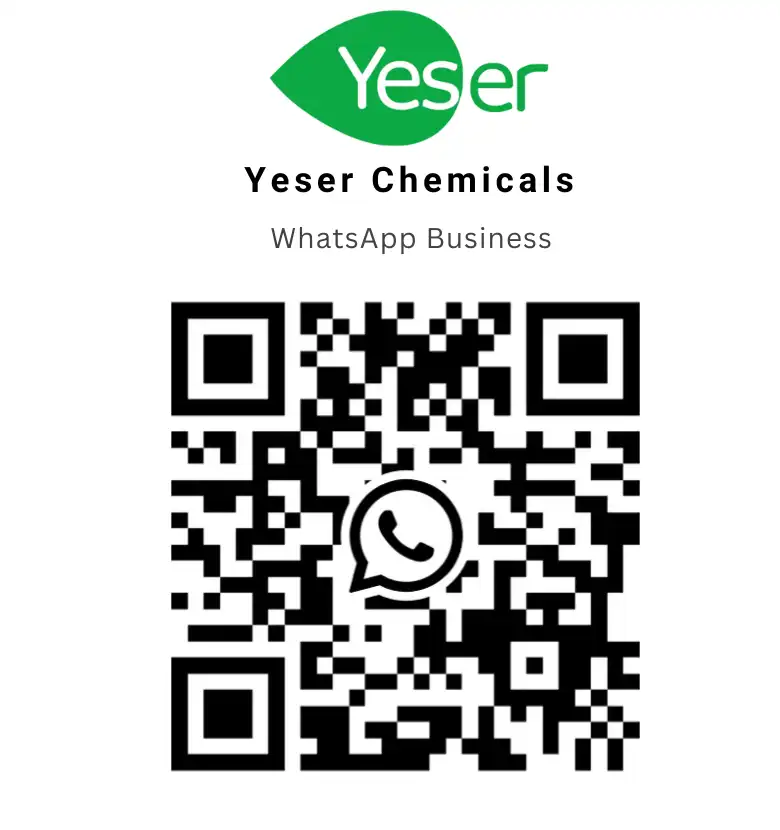Introduction
The liquid detergent industry is a booming market, with a global value expected to reach $40.48 billion by 2025. As consumer demands for effective and eco-friendly cleaning products rise, the need for versatile and efficient production plants has never been greater. This article aims to provide startups with an in-depth understanding of liquid detergent production plants, focusing on their versatility and the key considerations for optimizing production. Let’s dive in!
The Basics of Liquid Detergent Production
What is Liquid Detergent?
Liquid detergent is a type of cleaning agent used to remove dirt, stains, and odors from clothing, fabrics, dishware, and surfaces. It is typically made up of a mixture of water, surfactants, and other chemicals that help to break down and remove dirt and stains. Unlike powder detergents, liquid detergents dissolve more quickly and are less likely to leave residues.
Key Ingredients in Liquid Detergent Formulations
The primary components of liquid detergents include:
- Surfactants: These are the active cleaning agents. They reduce the surface tension of water, making it easier to remove dirt and stains.
- Solvents: These help dissolve the surfactants and other ingredients. Water is the most common solvent used.
- Additives: These can include enzymes for stain removal, fragrances for scent, and colorants for aesthetics.
To deepen your understanding of liquid detergent formulations, you may find value in our article titled “Mastering Laundry Detergent Liquid Formulation: A Comprehensive Guide for Industry Insiders“. It offers insights and intricate details about the formulation of laundry detergents.
The Role of Production Plants
Production plants serve as the backbone of the liquid detergent manufacturing process. They mix the ingredients in precise proportions, maintain quality control, and package the final product for distribution. The efficiency of a production plant significantly impacts the quality and cost-effectiveness of the end product.
The Key Parts of a Versatile Liquid Detergent Production Plant
Homogeneous Mixer
The homogeneous mixer is the heart of the production plant. It ensures that all ingredients are evenly mixed to produce a consistent product. The use of 316 and 304 stainless steel in the construction of the mixer offers excellent chemical resistance, making it suitable for various formulations.
Setting Tanks
Once the ingredients are mixed, they are transferred to setting tanks where they undergo further blending and stabilization. These tanks are also made of 316 and 304 stainless steel, ensuring durability and resistance to corrosion.
Filling Machines
The final step in the production line involves filling machines, which package the liquid detergent into bottles or other containers. These machines are designed for accuracy and speed, ensuring that each package contains the exact amount of product.
The Multi-Product Advantage: One Plant, Many Detergents
One of the most noteworthy benefits of an optimally designed liquid detergent production plant is its versatility. A single plant has the potential to manufacture an extensive array of products that include, but are not limited to:
- Laundry detergent liquid
- Fabric softener
- Dishwashing liquid
- Hand soap liquid
- Floor cleaner
- Glass cleaner
- Multi-functional detergent liquid
In particular, this adaptability of the production plant holds immense benefits for startups. It allows them to diversify their product offerings without incurring costs for multiple production lines, thereby saving considerably on the initial investment.
However, it is crucial to underscore here that such flexible production lines must not be utilized for generating bleach-based and corrosive formulas such as bleach or toilet bowl cleaner. Production of these specialized formulas necessitates dedicated lines equipped for handling corrosive substances.
The Importance of Material Selection: 316 and 304 Stainless Steel
Choosing the appropriate material for building the production plant is foundational, with both 316 and 304 stainless steel providing certain critical benefits:
- Chemical Resistance: Both materials prove resistant to most chemicals utilized in liquid detergent formulations, thus ensuring the longevity of the plant equipment.
- Durability: Known for their robust and long-lasting properties, both 316 and 304 stainless steel reduces the need for constant maintenance or replacement, thus ensuring cost-effectiveness in the long run.
- Compliance: These materials typically meet the exacting demands of international manufacturing norms, guaranteeing both product safety and superior quality.
However, it’s necessary to point out that equipment bodies in direct contact with the product, such as the body of the mixer, the nozzles of the filling machine, and the pipes should be constructed from 316 stainless steel. This is because 316 stainless steel is known for its increased resistance to corrosion, especially in chloride environments (Liquid detergent formulas are often thickened by Salt-sodium chloride), thus making it highly ideal for extensive direct product contact.
On the other hand, the support parts and the chassis can be constructed from 304 stainless steel, which although less resistant to corrosion compared to 316, is still highly efficient and cost-effective, given it doesn’t have extensive direct contact with the product. By choosing materials appropriately based on the plant equipment’s role and exposure, startups can ensure safety, quality, and durability in their liquid detergent production.
Changeover Protocols: Ensuring Quality Across Formulations
While the versatility of a production plant facilitates the creation of many kinds of liquid detergent products, maintaining excellence in product quality depends heavily on executing meticulous changeover protocols during transitions between different formulations.
The Necessity of Thorough Cleaning
Preventing cross-contamination during the changeover is of the utmost importance. Case in point, fabric softeners, which contain cationic surfactants, can react with the anionic surfactants in some detergents, leading to the formation of insoluble compounds.
Cleaning Procedures: A Rigorous Four-Step Process
The typical cleaning process consists of the following steps:
- Flushing: The production line is flushed with water to eliminate any remaining product.
- Chemical Cleaning: To rid of stubborn residues, a mild cleaning agent is deployed.
- Sanitization: This step ensures the eradication of any possible microbial contaminants by sanitizing the production line.
- Final Rinse: To ensure that no trace of the cleaning agents lingers, a final rinse with deionized water is performed.
Adhering to these precise steps guarantees the highest standard of product quality, allowing you to leverage the impressive diversity of your versatile liquid detergent production line. Comprehensive cleaning protocols, along with the line’s multi-product capability, form the backbone of a successful start-up in the competitive liquid detergent industry.
Special Considerations: Bleach and Corrosive Formulations
For bleach-based or corrosive formulations like toilet bowl cleaners, a standard stainless steel plant is not suitable. In such cases, the production line must be made of anti-corrosion materials like PTFE (Polytetrafluoroethylene).
Regulatory Compliance and Safety Measures
Compliance with local and international manufacturing standards is non-negotiable. This includes:
- Good Manufacturing Practices (GMP)
- Occupational Safety and Health Administration (OSHA) guidelines
- Environmental Protection Agency (EPA) regulations
Cost Analysis: Is a Multi-Product Plant Right for You?
While an adaptable multi-product plant may have a larger initial cost, considering the long-term advantages is crucial for startups. These plants, capable of producing a broad range of products, can enable you to avoid the costs of installing and maintaining several different production lines, thereby potentially leading to significant savings.
Before investing, it’s wise to conduct a comprehensive cost analysis. This process would factor in production costs, including raw materials, plant operations, upkeep, and labor expenses. Regulatory compliance expenses, essential for adherence to safety and quality standards, should also be considered.
Alongside costs, startups should evaluate the potential ROI (Return on Investment) of a multi-product plant. Estimations of sales volume, product pricing, and market growth rate can provide a realistic expectation of the plant’s profit-making potential.
Above all else, perform a break-even analysis to determine when your startup can start turning a profit. This step considers the timeframe needed to offset the initial investment through generated revenues. Overall, while somewhat more costly at the outset, such investments may position your business for greater profitability and resilience in the diverse detergent industry.

Ready to Establish Your Own Production Line?
Our Head of Sales & Marketing, Bryant Chen, has ample experience setting up versatile liquid detergent production plants across the globe. He’d be more than happy to guide you through the process and answer any questions you may have.
View Bryant’s Profile!Email Bryant Today!
Summary
Choosing the right liquid detergent production plant is a critical decision that can make or break your startup. A versatile, well-designed plant can offer numerous advantages, from cost savings to product diversification. However, it’s crucial to understand the specific requirements of each formulation and adhere to strict cleaning and compliance protocols.
Frequently Asked Questions (FAQs)
Below are the answers to some commonly asked questions that startups might have about setting up and maintaining a multi-product liquid detergent plant:
- Can I produce toilet bowl cleaner in a standard liquid detergent production plant?
No, due to the corrosive nature of toilet bowl cleaners, a standard plant isn’t suitable for their production. Plants made of anti-corrosive materials like PTFE are required for these specialized formulas.
- How often should I clean the production line during changeovers?
Thorough cleaning should be done each time there’s a switch in formulations. This preventive measure is crucial to prevent cross-contamination and guarantee the product’s quality.
- What are the maintenance costs associated with a multi-product plant?
While costs can vary, investing in a plant made of high-quality and durable materials like 316 and 304 stainless steel can significantly reduce long-term maintenance expenses. This caliber of material ensures resistance to most chemicals used in detergent formulations, thus enhancing the plant’s durability.
- What benefits do 316 and 304 stainless steel offer for liquid detergent production plants?
Both 316 and 304 stainless steel are known for their durability and resistance to most chemicals utilized in liquid detergent formulations. They meet international manufacturing standards, ensuring both product safety and quality.
- What precautions should I take when producing bleach-based cleaners?
It’s essential to avoid producing bleach-based cleaners in a standard liquid detergent plant. Such specialized formulas need dedicated production lines made from anti-corrosion materials.






